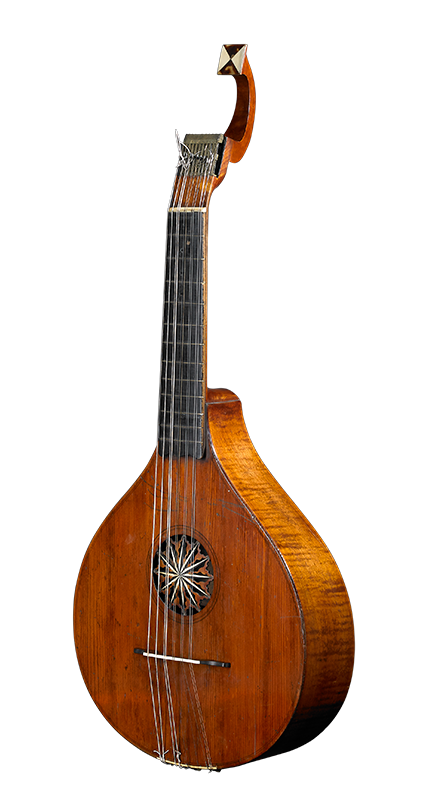
The history of the guitar in England is detailed in a fascinating set of books by Christopher Page, who traces the guitar’s lineage through the chronology of Royal dynasties. The Guitar in Tudor England tells the story of the four-course Renaissance guitar as it was played by everyone from the nobility down to fashionable young men in London and “sturdie beggars” in the alehouses. The Guitar in Stuart England recounts the story of the five-course guitar and the impact of the Italian virtuoso Francesco Corbetta at the Restoration Court of Charles II after 1660. The Guitar in Georgian England describes the arrival of the six single-string guitar around 1800. The Guitar in Victorian England tells the story of the guitar craze that swept the island in the first four decades of the nineteenth century, followed by a mid-century lull, only to surge in popularity again in the second half – this time playing a different and varied role.
At the turn of the nineteenth century, a new instrument began to overtake the cittern-like English guittar in popularity: what the English called (and still call) the “Spanish guitar” with six single strings.
This led to the emergence of a new school of guitar making, almost exclusively based in London, and arguably representing the most productive period in the history of British guitar manufacture.
Click on any of the guitars below to view details about the instrument and its history,
including biographical and performance videos.
Click on any of the guitars below to view details about the instrument and its history, including biographical and performance videos.